Eurozone PMI Services was finalized at 52.2 in October, up from September’s reading of 51.6. PMI Composite was finalized at 50.6, up from prior month’s 50.1. Looking at some member states, Germany PMI Composite improved to 48.9, hitting a 2-month high but stayed below 50. Ireland PMI Composite dropped to 89-month low of 50.6. Spain’s reading dropped to 71-month low of 51.2. Though, France and Italy improved to 52.6 and 50.6 respectively.
Chris Williamson, Chief Business Economist at IHS Markit said:
“The euro area remained close to stagnation in October, with falling order books suggesting that risks are currently tilted towards contraction in the fourth quarter. While the October PMI is consistent with quarterly GDP rising by 0.1%, the forward looking data points to a possible decline in economic output in the fourth quarter.
“Worryingly, what little growth was seen in October was supported by firms eating into previously placed work, meaning demand needs to revive to boost new business inflows and prevent more firms coming under further pressure to cut activity and jobs.
“As for the immediate outlook, much depends on geopolitical issues such as US tariff developments and Brexit, though we will also be watching Christine Lagarde’s first policy meeting on 12th December to assess the appetite for further stimulus from the ECB. Time is needed for recent policy changes to take effect, though if the data flow continues to disappoint more action is on the cards for early next year.”




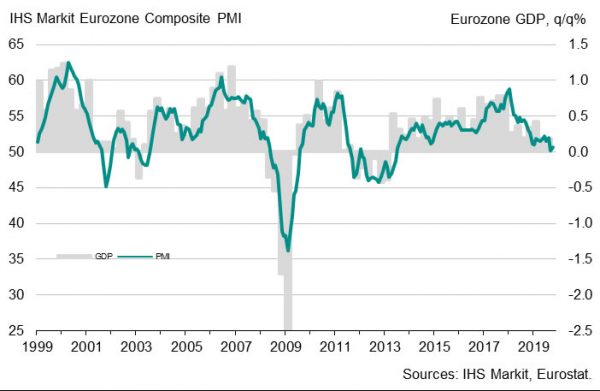
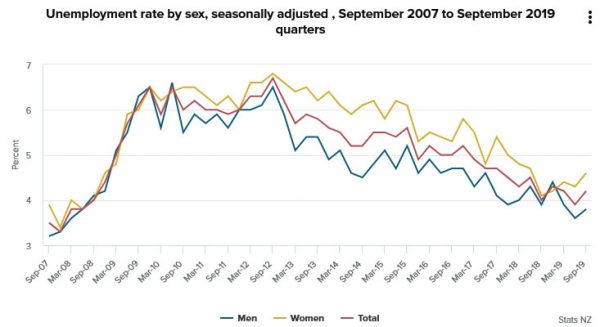
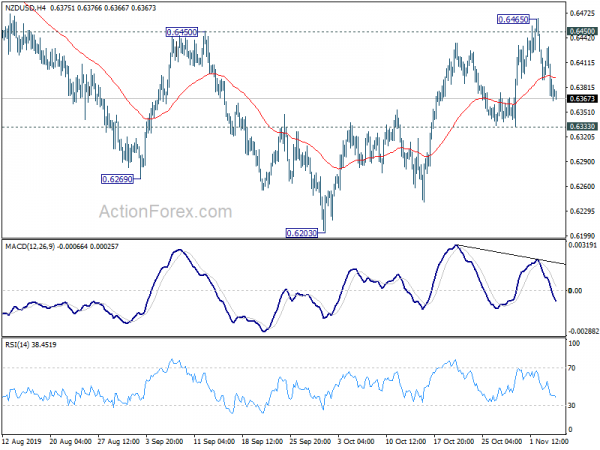
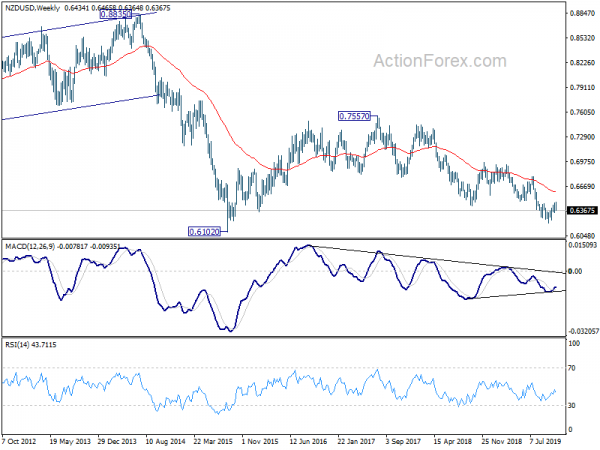
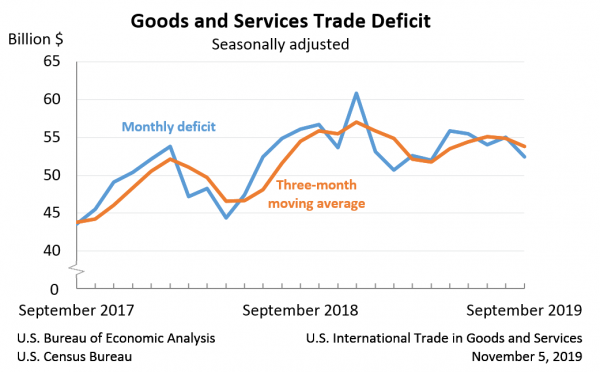
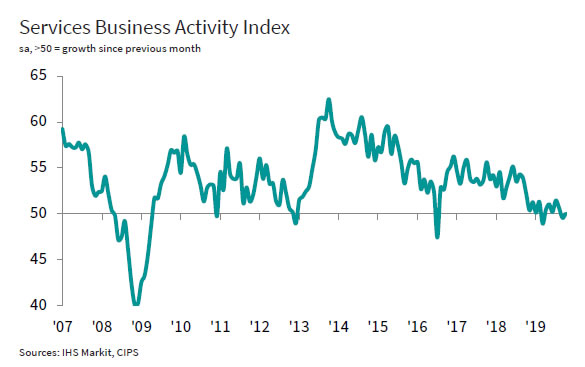
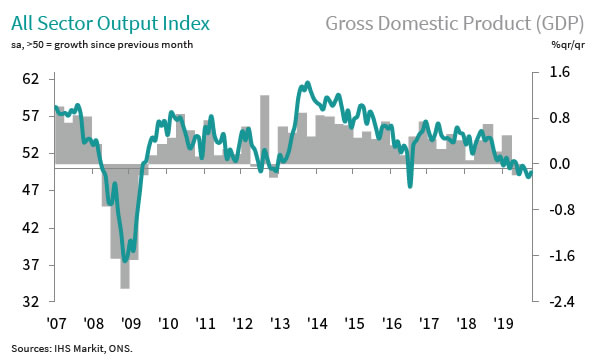
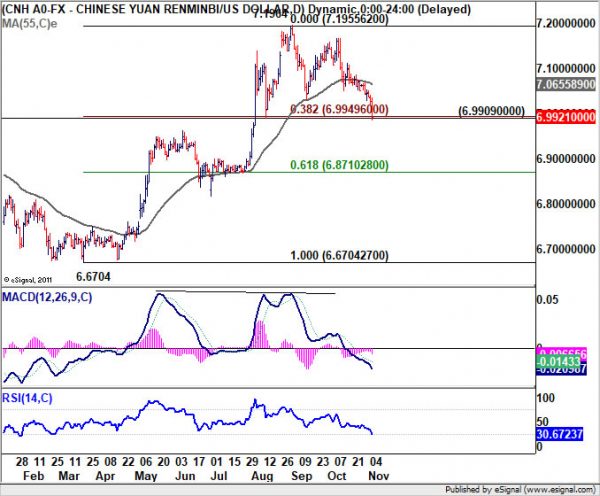
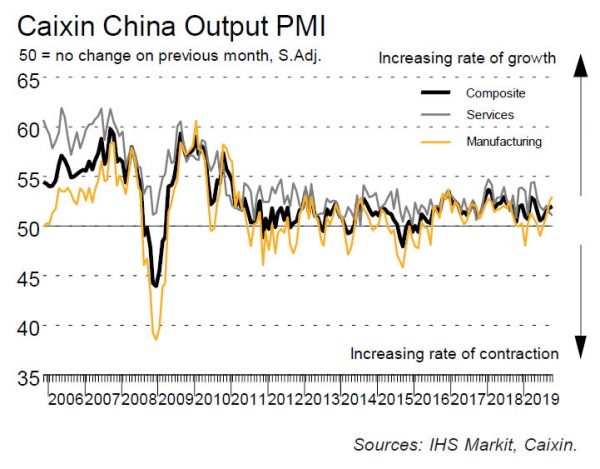
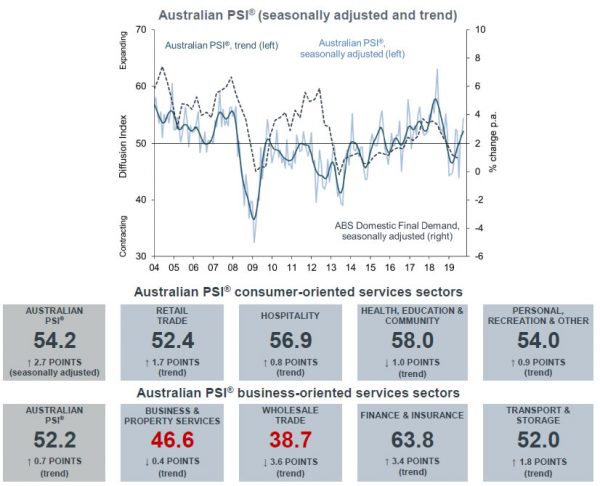
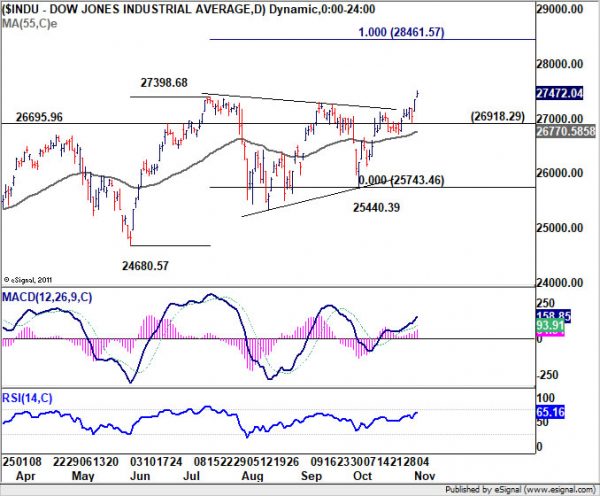
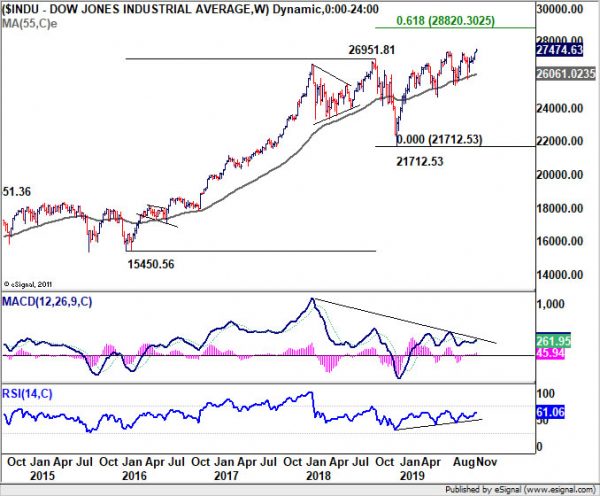
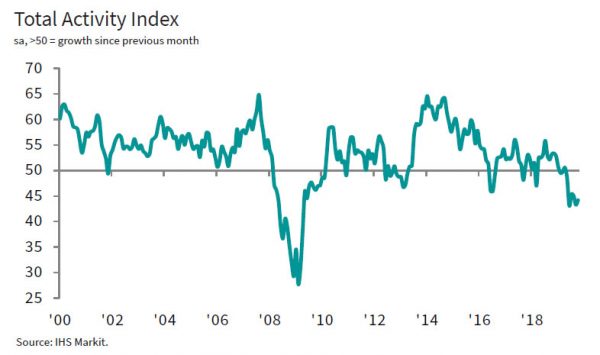
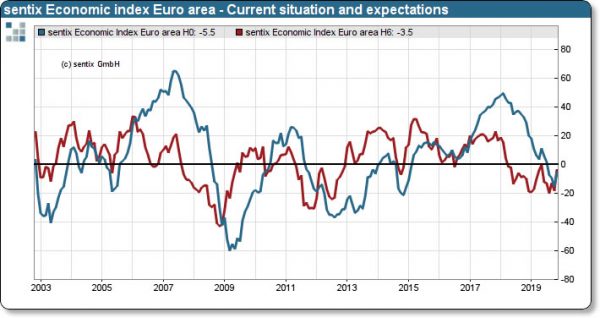
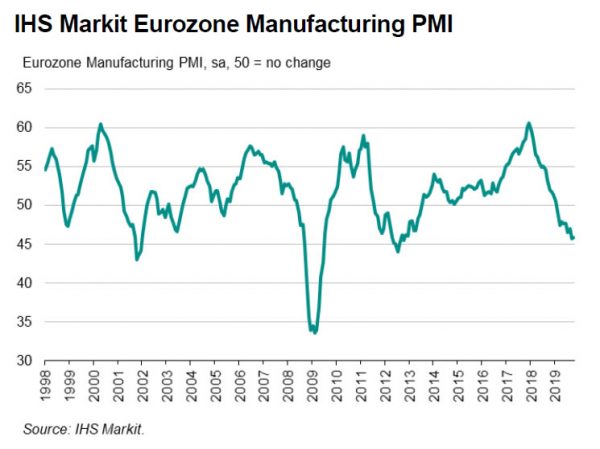
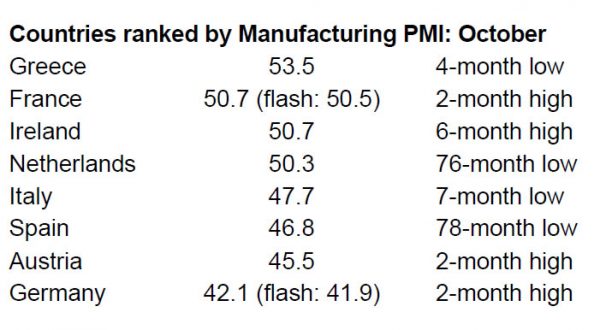
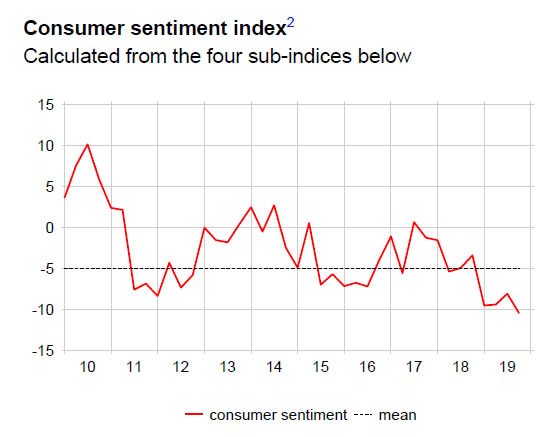

Eurozone retail sales rose 0.1%, led by automotive fuels
Eurozone retail sales rose 0.1% mom in September, matched expectations. Volume of retail trade increased by 0.4% for automotive fuels and by 0.1% for non-food products while food, drinks and tobacco fell by 0.4%.
EU28 retail sales rose 0.2% mom. Among Member States for which data are available, the highest increases in the total retail trade volume were registered in Croatia (2.6%), Ireland (2.4%) and Romania (0.7%). The largest decreases were observed in Portugal (-2.4%), Latvia (-1.0%) and Slovenia (-0.7%).
Full release here.